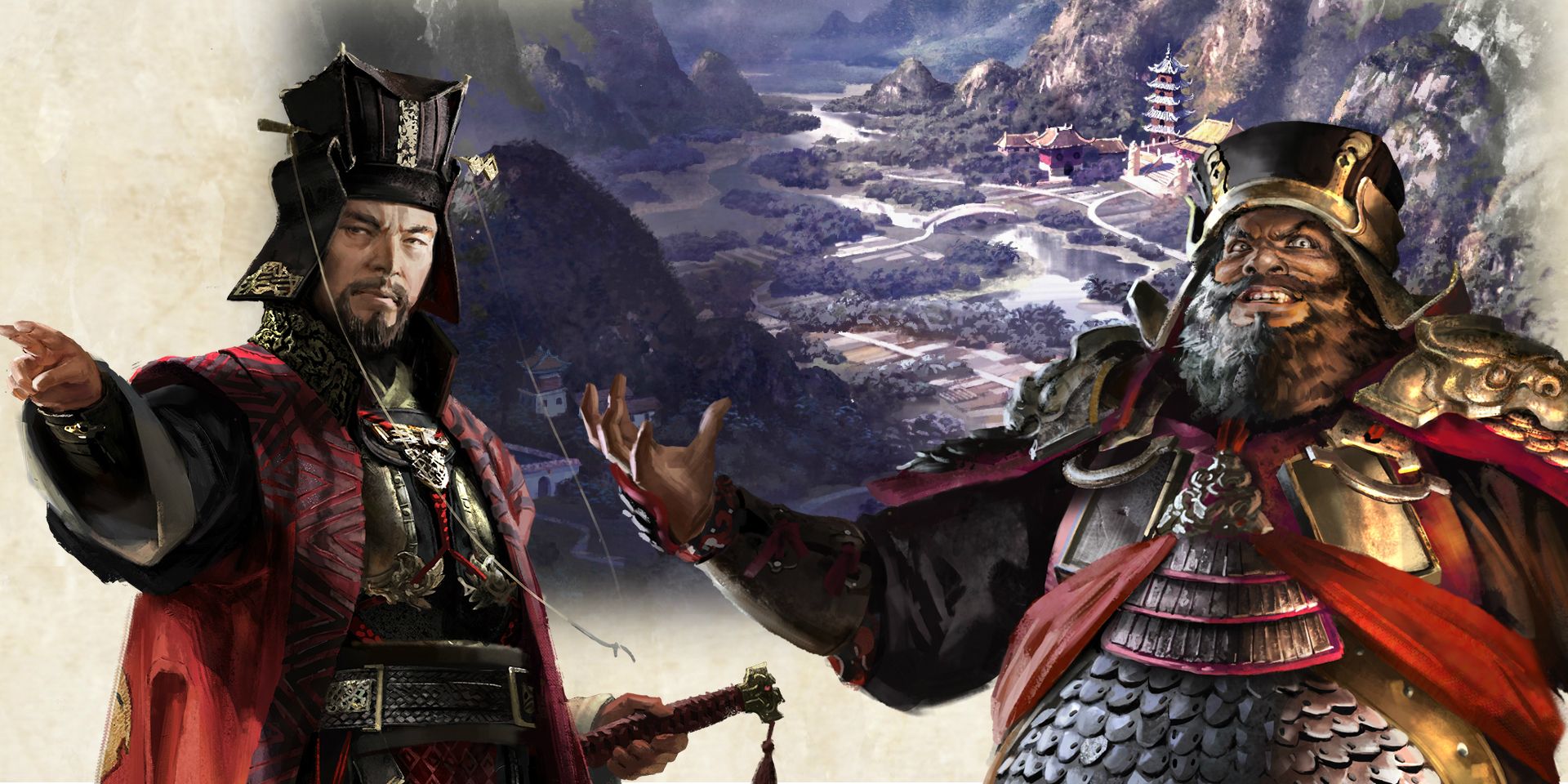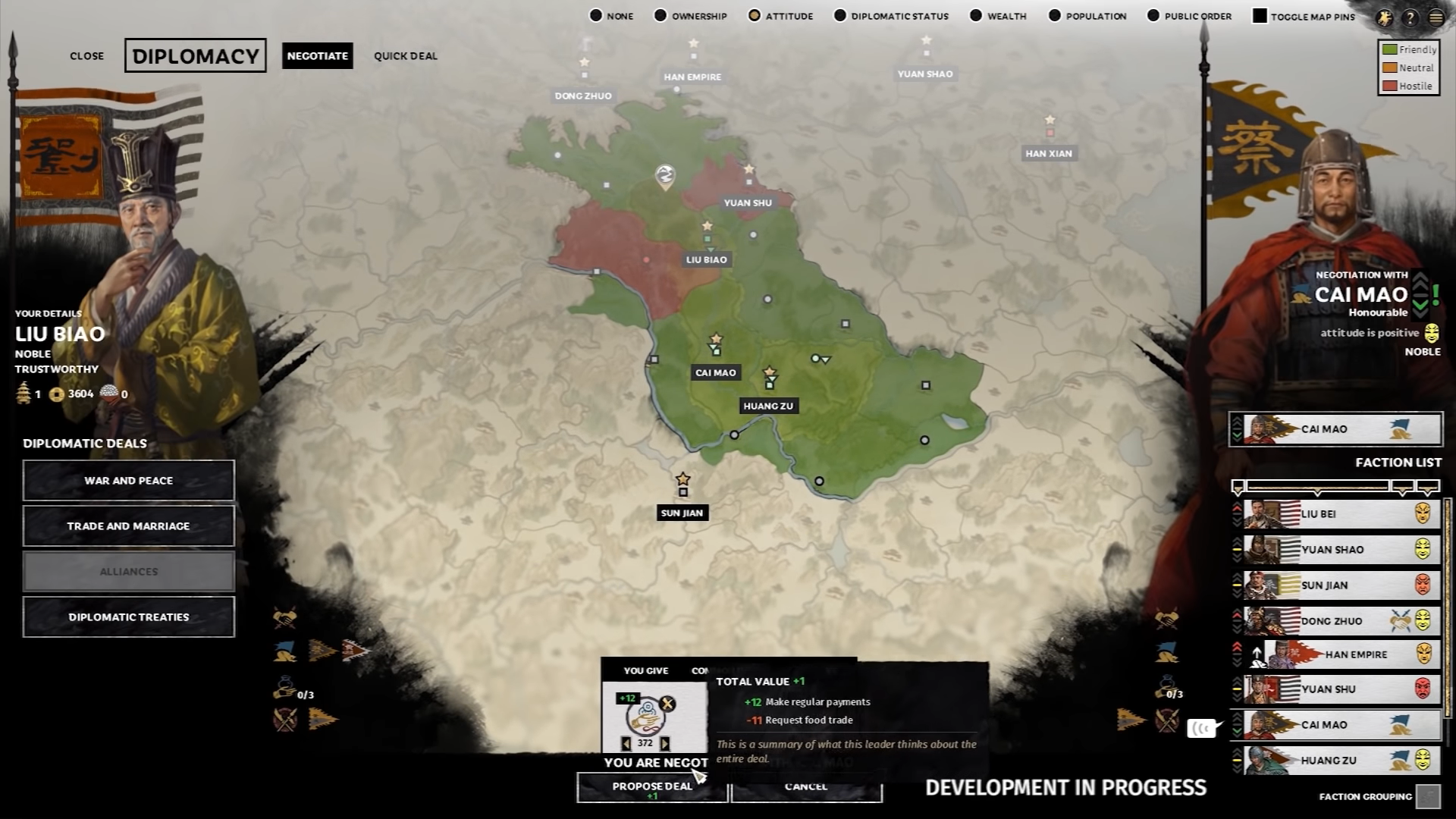

Harald joined the expedition in command of the Varangians and helped conquer Messina, Syracuse and other island cities, profiting greatly through looting. The Fatimids faced worsening internal troubles with the Emirate of Sicily (a kingdom within the dominion of the caliphate) in open rebellion, and the Byzantines spotted a chance to invade. It was as far east as his life would take him. As attested by Scandinavian sagas, Harald cleared the road of bandits then washed away his sins in the River Jordan. The desert was plagued with marauders who preyed on the camel caravans plying trade routes between Cairo and Damascus. As part of the treaty, a Byzantine delegation was allowed to travel to Jerusalem to restore the Church of the Holy Sepulchre, which was destroyed in 1009, and Harald got his first taste of desert fighting when they travelled overland to visit the site of Christ’s baptism in the Jordan Valley. Nonetheless the Byzantines were victorious, and afterwards they pushed the Arabs across Anatolia to the Syrian frontier, with Harald coming up through the ranks of the Varangians to become their de facto leader before peace was declared. Against the Saracens’ wooden ships, it was a fearsome weapon. The Arabs would never have seen anything like Vikings swinging six-foot axes, while Harald and his men would never before have experienced anything like Greek fire, a medieval version of napalm. Harald’s first encounter with Arab Muslims was in the summer of 1035, a sea battle in the Mediterranean between Byzantine galleys and Arab warships. This was still decades before the First Crusade, when the Byzantine empire was at war with the Fatimid Caliphate that encompassed the Middle East, North Africa and Sicily. The Varangians were noted for drinking and carousing – earning them the nickname “the emperor’s wineskins” – and for their typical weapon, the two-handed axe.

It was here he joined the Varangian Guard, the predominantly Viking unit that served both as elite combat troops and as the imperial bodyguard.

He sailed with hundreds of men downriver to Constantinople, capital of the Byzantine empire. Harald had to voyage further to seek his fortune. His bid to take the crown ended at the battle of Stamford Bridge, when King Harold Godwinson launched a surprise attack on his forces and he was killed. He unsuccessfully laid claim to the throne of Denmark and, in 1066, led one of the most famous Viking invasions of England. Known for: Harald became king of Norway in 1045, first ruling jointly with his nephew Magnus and then solely from 1047. He is best known as Hardrada, meaning ‘hard ruler’. Nicknames: Born Harald Sigurdsson, he would earn many nicknames, including the Burner of Bulgars, the Hammer of Denmark, and the Thunderbolt of the North.

Parents: Sigurd Syr, a Norse chieftain, and Estrid, who was also mother of King Olaf III Reigned: King of Norway (1045-66) and attempted to claim the thrones of Denmark and England Died: 25 September 1066 at the battle of Stamford Bridge


 0 kommentar(er)
0 kommentar(er)
